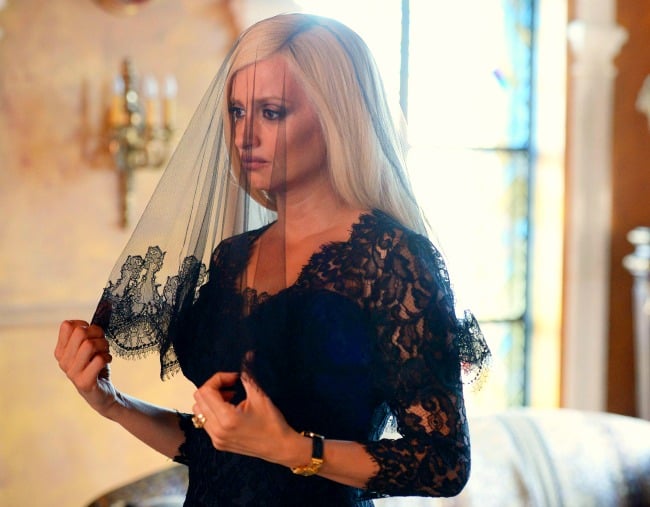
The story of iconic designer Gianni Versace’s murder has always been a compelling one.
The perfect media storm mixture of high fashion meets true crime, featuring a villain with a layered backstory, only added to the drama of the whole event.
On the morning of July 15, 1997, revered fashion designer Versace left his sweeping, luxurious home on the streets of Miami Beach to fetch his morning papers.
As he returned to his mansion, a man named Andrew Cunanan approached him and pointed a .40-caliber pistol at his head. Versace, who was 50 years old at the time, was dead before he even had the opportunity to open the gate of his property and was left to bleed out on the steps of his home.
Since then, the story has been examined in such depth and retold in so many ways over the decades that it became the stuff of true crime legend and, like so many stories of this genre, the gore and the sensationalism quickly overrode the loss and the grief of the real people involved in the tale.
The Assassination of Gianni Versace: American Crime Story, the second installment of Ryan Murphy’s true crime inspired anthology series, puts a human face on a famous tragedy.
The nine episode series is adapted from Maureen Orth’s Vulgar Favors by London Spy creator Tom Rob Smith, and just as he did previously with The People v. O. J. Simpson: American Crime Story Murphy has managed to take a story everyone thought they knew inside and out and put a refreshingly interesting spin on it.
The Assassination of Gianni Versace uses an innovative “crime-in-reverse” structure to set up the narrative, meaning the Versace’s murder opens the series and from there on the tale unfolds via three story-lines that all intertwine.
































































































